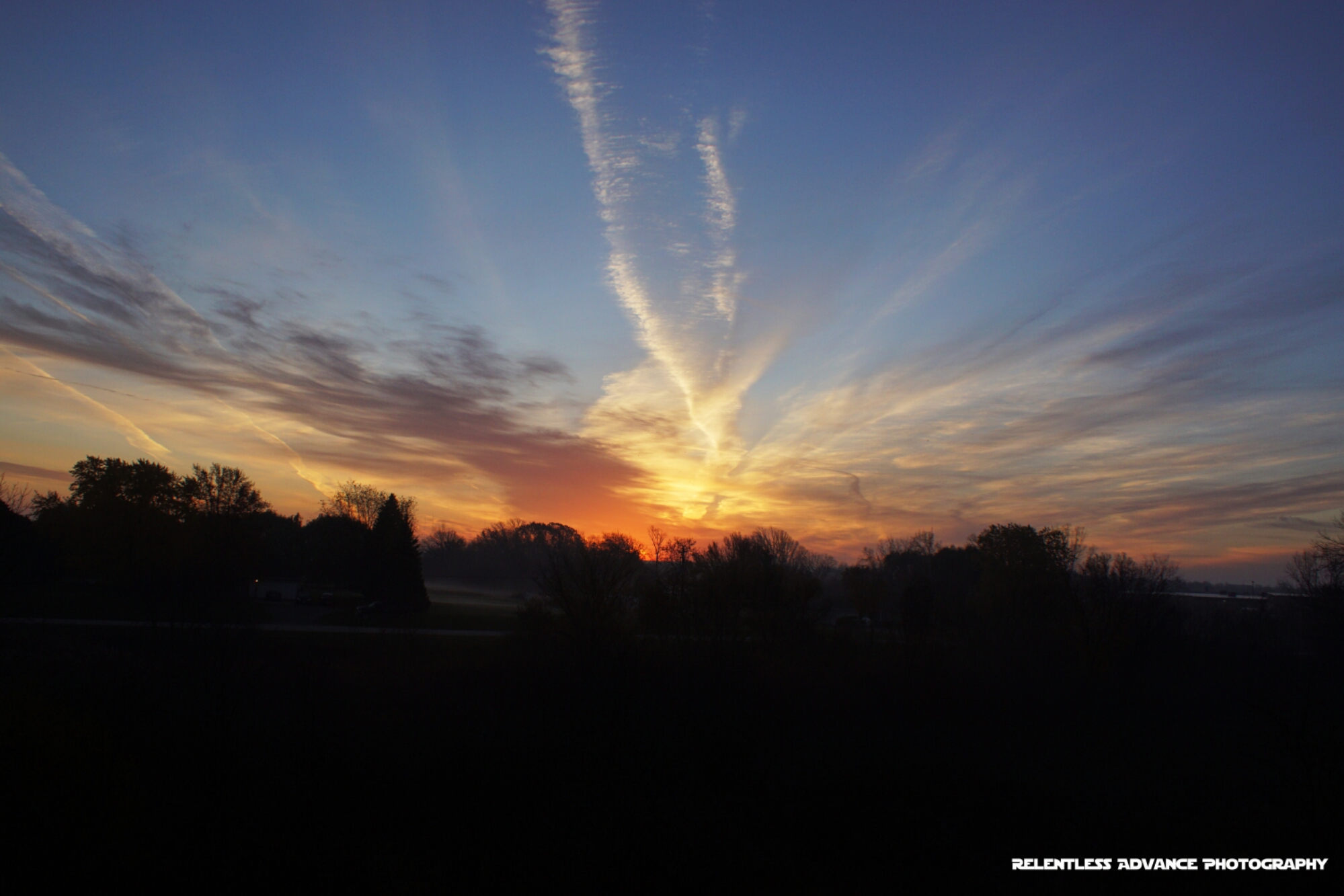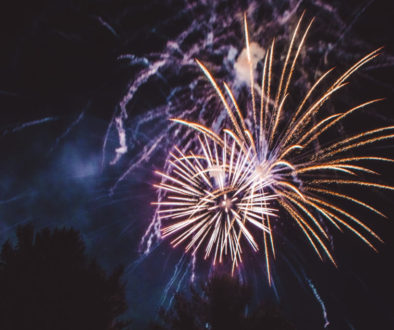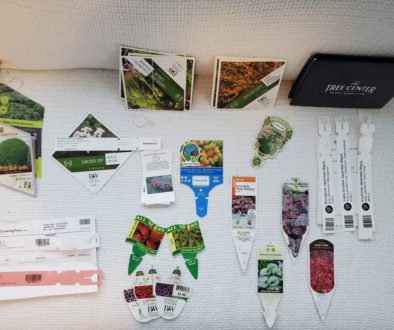Escaping the Research
Prior to digital photography, I did not possess a skill in taking photos. My first two digital cameras were 3.2 MP and 5.1 MP Canon point and shoots with live view. I bought my first DSLR in 2008. The Sony A200 with 10 megapixels. It was the only camera at the time that came with 2 lenses. From there I purchased other lenses, even an old film lens and photography equipment such as studio backdrops and a rather large umbrella.
The A200 allowed me to work on my photography skills as it did not have live view and I eventually exclusively shot (and continue to shoot) in manual mode. The camera’s limits taught me how to compensate and achieve the photos I wanted to take. It also provided me the added challenge of mastering Photoshop for editing. As I attended family weddings, I would watch a “friend photographer” use the latest and greatest camera model and hand the new couple a large folder of unedited photos. I knew my boundaries and I also knew that I couldn’t bring myself to offer someone an unfinished product or a limited potential for such a big event in their lives.
In approximately 2012 I began researching new cameras for an upgrade. Sony had released the A65 and A77 both with 24 megapixels. I waited and waited for the prices to drop as I continued my research. I went to an outlet store and their prices were still too high. Eventually, Sony discontinued both models. I had researched myself out of the ability to upgrade my camera. Then Sony came out with the A77ii which was the new fangled A mount upgrade. The price was extravagant and even now, years later, it’s still at $1000 for body only. Sony came out with E mount cameras like the A6000 but buying one of those would either render my lenses useless or I would have to buy an additional $350 E mount to A mount adapter.
I thought about switching entirely to Nikon with another camera bundle. From time to time I would look at the Nikon D7100. However Nikon probably spits out more camera models per year than Canon and Sony combined. Nikon also makes certain models that can use a range of lenses and certain models that can only use specific lenses, the difference between the D7100 and the D7200 illustrates this perfectly.
Recently I happened upon the discovery that Sony had come out with the A68 which is supposed to be the new A65. It had been on the market for less than a year. Rather than research my way into being forced to continue to use my already 8 year old camera for another few years, I jumped and purchased the A68.
I’ve entered my photos in the WI state fair the last two years and have walked away with ribbons. It’s time to step my skills up. While others see talent in my current photos, I can see the limitations in focusing, detail, ISO, zoom potential, and personal photography style. My A200 gets grainy at ISO 400 and new cameras can reach upwards of ISO 32000. Night, star, and northern light photos require high ISO. My photos cannot be zoomed in and cropped without losing details. My moon photos are limited in size and detail. Even when shooting in RAW which provides the most potential for editing purposes, I see the limits of my camera. Creating composite photos has limited my creative range using HD backgrounds and lower definition photos.
The A68 is also a video camera for which I can use the range of lenses I own. I’ve done old video editing using Windows movie maker and would like to add video to my repertoire. An additional goal is to make poetry performance videos.
I don’t need the latest and greatest camera model to stand out or achieve what I want to achieve. The A68 is actually considered an entry-level camera but I shoot in manual mode and in RAW format. After eight years, even an entry-level camera provides a large number of upgrades for my skill set. Now to get out there and shoot!





March 8, 2019 @ 1:53 am
I think the admin of this web site is truly working hard for his website, as here every data is quality based material.LikeLike